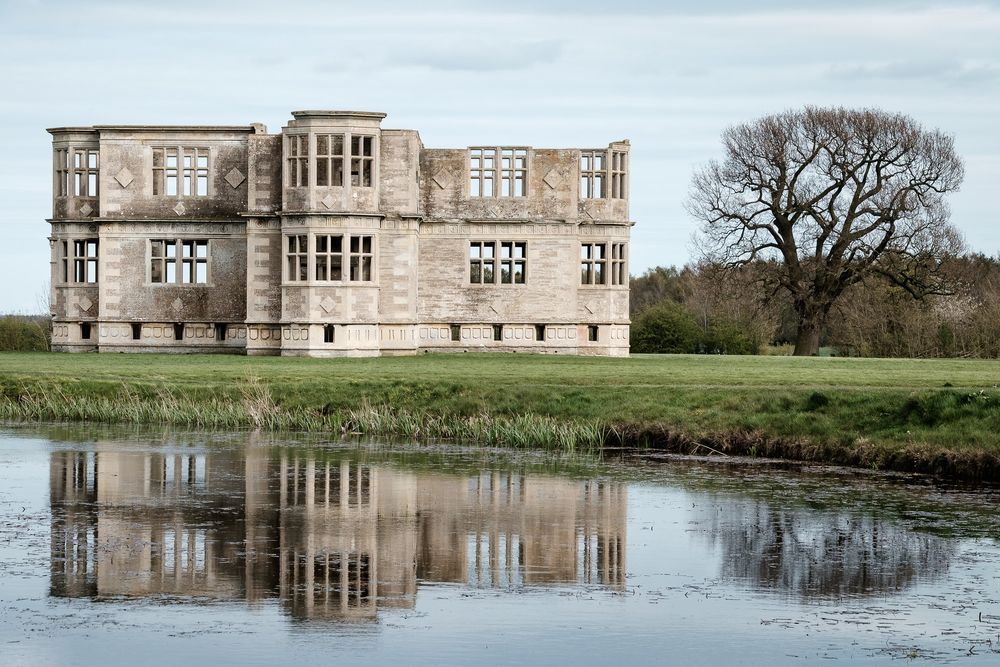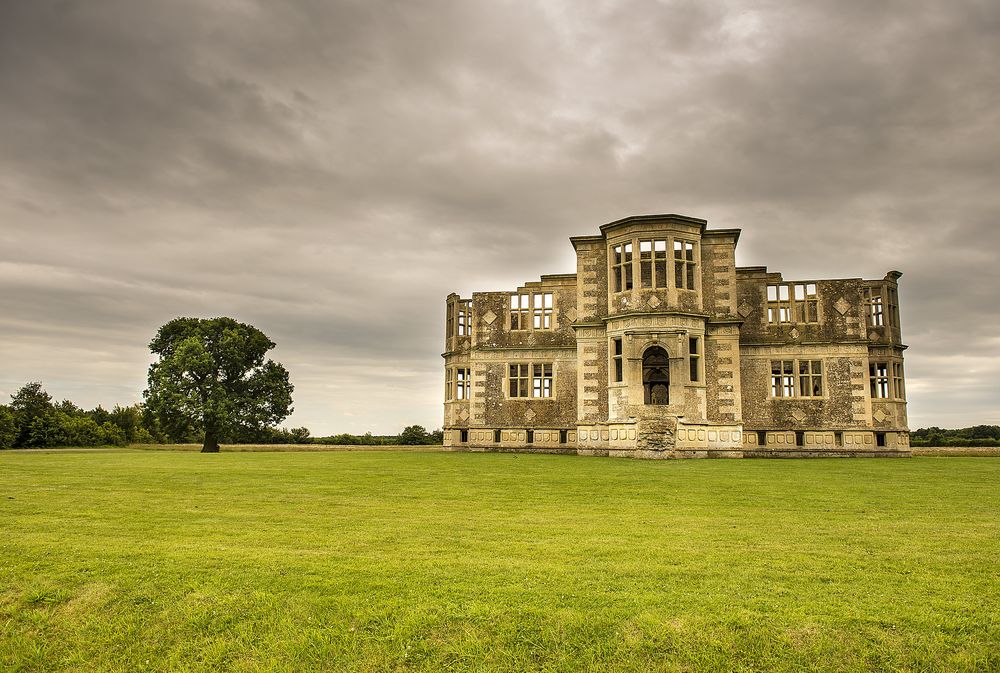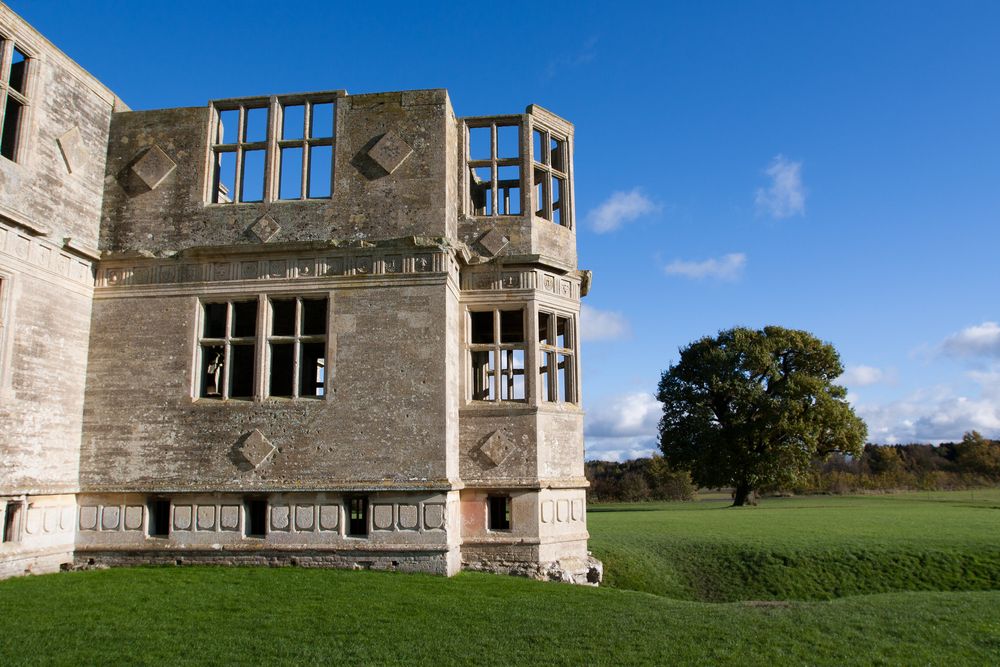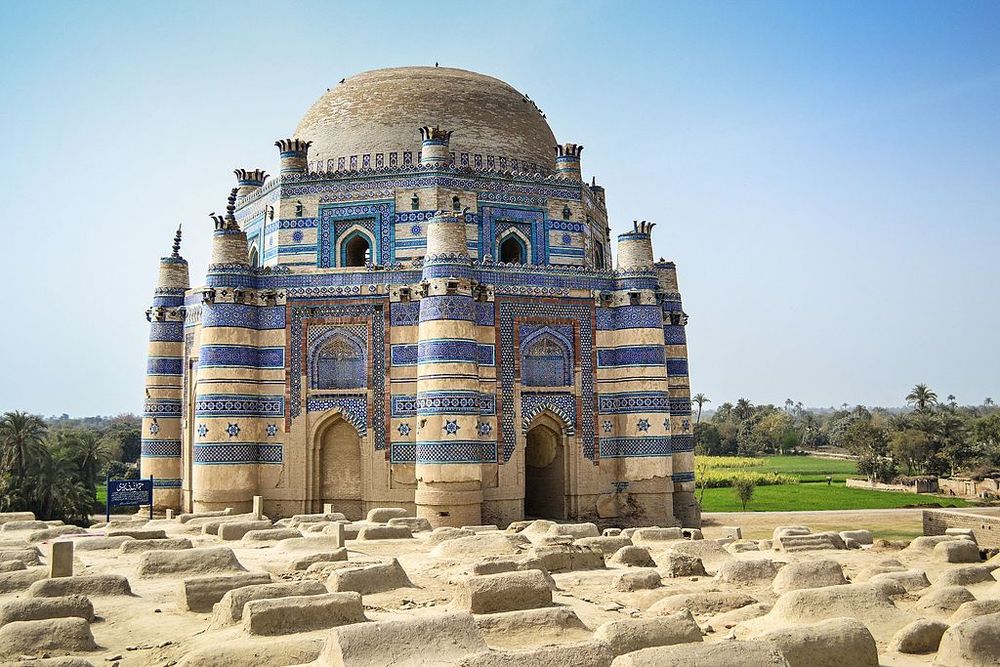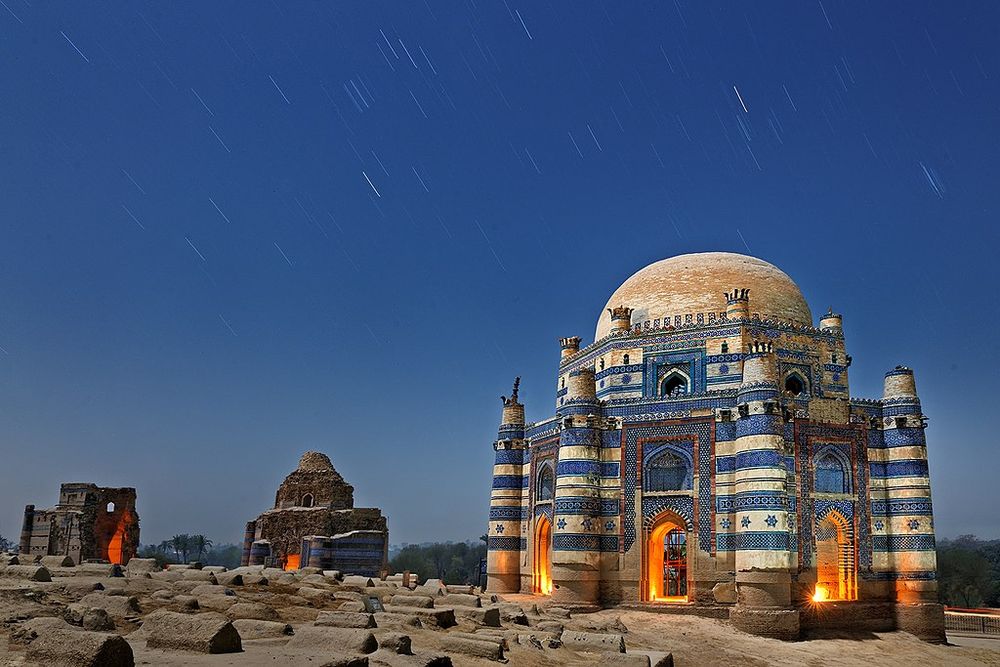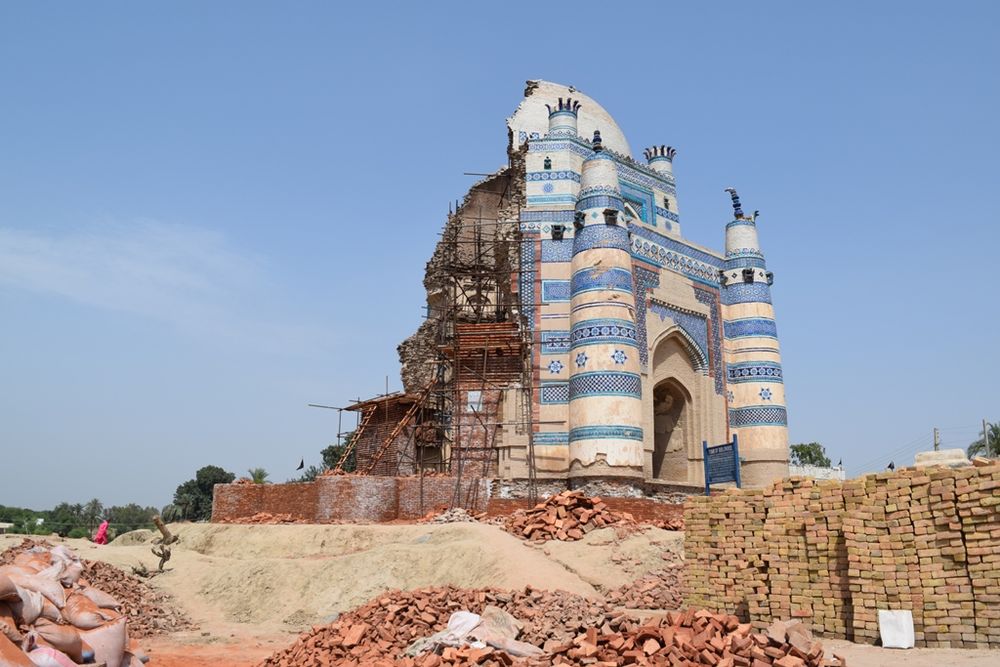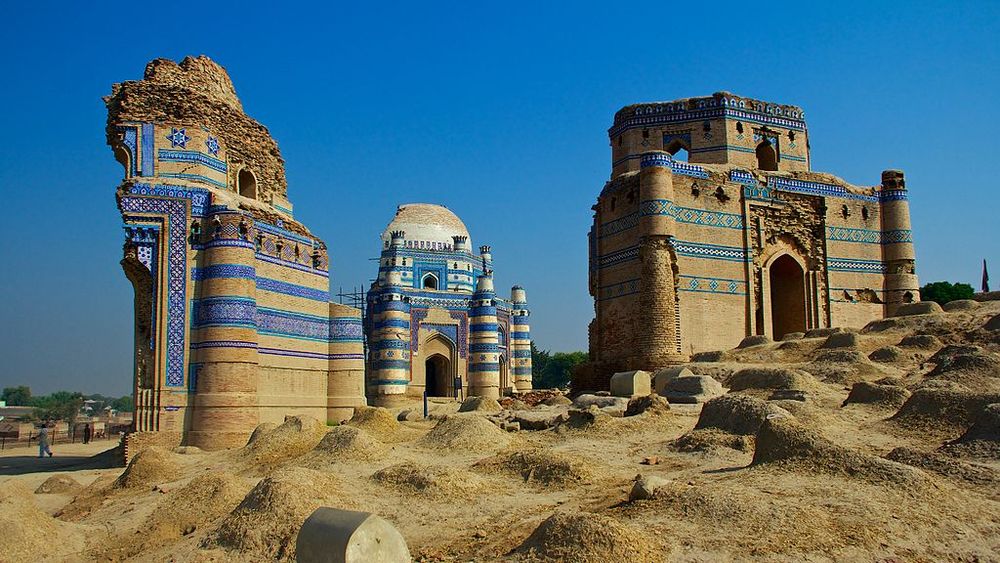Burana Tower: Echoes of the Silk Road in Kyrgyzstan 
Nestled amidst the picturesque landscape of Kyrgyzstan, the Burana Tower stands as a remarkable testament to the region's rich history and cultural heritage. Located near the city of Tokmok in the Chuy Valley, this ancient architectural marvel holds within its walls the echoes of the Silk Road and the stories of countless travelers who once passed through these lands. With its majestic presence, intricate craftsmanship, and historical significance, the Burana Tower invites visitors on a journey through time, offering a glimpse into Kyrgyzstan's fascinating past.
Above Photo: Thomas Depenbusch/Flickr
Burana Tower: Echoes of the Silk Road in Kyrgyzstan 
Burana tower before restoration works. Photo: kyrgyzstan-tourism.com
Architectural Splendor:
Rising to a height of 24.6 meters, the Burana Tower stands as a testament to the architectural prowess of its time. Built with layers of baked bricks and adorned with intricate decorative motifs, the tower showcases a blend of Islamic and Turkic architectural styles. Its graceful proportions and geometric patterns serve as a reminder of the skilled craftsmanship and artistic sensibilities of the artisans who created it.
Exploring the Burana Complex:
The Burana Tower is just one part of a larger archaeological complex that encompasses the remnants of the ancient city of Balasagun. As visitors explore the site, they can marvel at the stone foundations of once-thriving buildings, wander among the stone balbals (Turkic grave markers), and envision the bustling life that once thrived here. The nearby museum further enriches the experience, offering insights into the region's history and displaying artifacts discovered during archaeological excavations.
Unraveling the Mysteries:
While the Burana Tower has stood the test of time, its origins and purpose remain shrouded in mystery. Various theories exist regarding its function, ranging from a watchtower and minaret to a place of worship. The tower's precise role in the ancient city and the stories it holds within its walls continue to intrigue historians and visitors alike, sparking the imagination and inspiring a sense of wonder.
Preservation and Cultural Significance:
Recognizing its historical and cultural significance, the Burana Tower and the surrounding complex have received attention and protection from the Kyrgyz government. Efforts have been made to preserve and restore the site, ensuring its integrity for future generations. The tower's inclusion on the UNESCO World Heritage Tentative List underscores its importance as a cultural gem and a testament to Kyrgyzstan's rich heritage.
The Burana Tower stands as a symbol of Kyrgyzstan's captivating past, inviting visitors to delve into the narratives of the Silk Road and the ancient city of Balasagun. With its architectural grandeur, rich historical context, and awe-inspiring surroundings, the Burana Tower serves as a bridge between the past and the present. As we explore its winding staircases and marvel at its timeless beauty, we are reminded of the vibrant cultural exchange that once flourished along the Silk Road and the enduring legacy of Kyrgyzstan's remarkable history.
Burana Tower: Echoes of the Silk Road in Kyrgyzstan 
Photo: G Travels/Flickr
Burana Tower: Echoes of the Silk Road in Kyrgyzstan 
Staircase inside the tower. Photo: Matthias Buehler/Flickr
Burana Tower: Echoes of the Silk Road in Kyrgyzstan 
Photo: Matthias Buehler/Flickr
Burana Tower: Echoes of the Silk Road in Kyrgyzstan 
Photo: Allan Grey/Flickr
Burana Tower: Echoes of the Silk Road in Kyrgyzstan 
Photo: Ninara/Flickr

 The Discovery:
The Discovery:

